In a charged public address in New Delhi, Prime Minister Narendra Modi praised Home Minister Amit Shah for implementing what he called a “safety-first” governance model that has reshaped India’s law-and-order framework. Citing major crackdowns, technological adoption in policing, and swift emergency responses, the PM described Shah’s leadership as “a guarantee of citizen dignity and national peace.” The statement comes amid nationwide discussions around digital policing, AI surveillance, and cybercrime reforms.
New Delhi, October 23 —
In a gathering that blended policy reflection with political theatre, Prime Minister Narendra Modi on Tuesday hailed Union Home Minister Amit Shah for spearheading what he termed a “transformational decade of safety-first governance.” Speaking at a public ceremony marking the Home Ministry’s annual review, Modi declared that “every Indian today lives with greater security and dignity” — a line that drew applause across the hall and reverberated across social platforms.
“Amitbhai has shown that safety and dignity are not separate ideals — they are the same promise fulfilled in real time,” Modi said, standing beside Shah.
“From the borders to cyberspace, from street policing to women’s safety, India’s Home Ministry has turned challenges into institutions of protection.”
The Prime Minister’s remarks came at a politically significant moment — just months before several key state elections, and amid intensifying debates on personal data regulation and digital privacy.
1. The Political Context
For the government, law and order are not just administrative concerns but political pillars. Modi’s endorsement of Shah’s record reinforces a central campaign narrative — “decisive governance delivers safety.”
The past decade has seen a multi-layered approach: consolidation of intelligence networks, centralisation of counterterrorism data, and an ambitious push to integrate technology into public safety. From facial-recognition-based policing in Delhi and Gujarat to AI-led border surveillance, the Home Ministry has presented a blend of force and foresight.
Opposition parties have critiqued the centralisation, calling it excessive control at the cost of local autonomy. Yet data points tell a story the government prefers — a decline in major terror incidents, faster response times, and digital monitoring networks covering nearly every metro.
2. “From 26/11 to AI Policing”: The Evolution of Security
Officials noted that post-2014, India’s approach to internal security moved from reactive to predictive. The introduction of the Crime and Criminal Tracking Network & Systems (CCTNS), Integrated Criminal Justice System (ICJS), and the National Automated Fingerprint Identification System (NAFIS) under Amit Shah’s tenure have provided a backbone for data-driven policing.
The Ministry’s recent interest in Artificial Intelligence (AI) is evident in pilot projects such as AI-based facial recognition in railway stations, pattern detection in drug trafficking networks, and voice analytics for emergency calls.
“India’s police forces can no longer rely on instinct alone,” said a senior Home Ministry official. “They must rely on data — and data never sleeps.”
Critics, however, warn that algorithmic policing must be accompanied by transparent safeguards. Civil-rights advocates urge the government to balance surveillance with accountability, noting that predictive tools can sometimes perpetuate bias.
3. Disaster Response: From Delay to Data
Under Shah’s direction, the National Disaster Response Force (NDRF) has expanded its digital reach — using drones, AI-based flood forecasting, and geospatial analysis for real-time crisis management.
The PM lauded these efforts, noting that in recent monsoon floods and cyclones, “India’s ability to preempt disaster is saving thousands of lives.”
Satellite-linked dashboards now provide state disaster authorities with live updates, while predictive AI models analyse rainfall and river-level data from over 4,500 sensors nationwide.
This shift — from paper-based reports to algorithmic preparedness — illustrates how “safety-first” is being redefined not just by boots on the ground but also by bytes in the cloud.
4. Policing in the Digital Age
At the heart of Shah’s strategy lies the Digital India Bill, currently under cabinet review, which aims to modernise cybercrime laws and create AI-assisted forensics hubs in every state.
These hubs will identify phishing rings, financial fraud networks, and deepfake creators — a growing menace in the age of AI-generated misinformation.
“In the next phase, cybercrime will be fought like terrorism — with interlinked command centres,” said a senior NIA officer.
The bill proposes punitive frameworks for “malicious AI usage,” making India one of the few democracies explicitly recognising AI misuse as a crime.
5. Women’s Safety and Public Confidence
One of the PM’s most emphatic points was the improvement in women’s safety indicators.
From mobile-based distress applications like 112 India to GPS-enabled patrolling, the ministry claims measurable progress.
According to NCRB data (2023–24), response times for SOS alerts in urban zones have halved, and conviction rates in certain categories of crimes against women have risen by 20%.
Women’s helplines are now integrated into multilingual AI-based chat systems to ensure real-time human assistance, even in remote districts.
“Safety isn’t just the absence of crime — it’s the presence of trust,” said Shah in his address following the PM’s remarks.
6. Border Security: Silent, Smart, and Steady
India’s border security management — long characterised by rugged terrain and human endurance — has become increasingly sensor-based and digital.
The Comprehensive Integrated Border Management System (CIBMS) has evolved into a network of smart fences, night-vision drones, and thermal imaging devices.
Since 2021, the deployment of AI-based threat detection software has reduced false alarms by 40%, according to BSF data.
For border villages, safety-first governance also means access to roads, communication, and emergency medical services — aspects Shah’s ministry has attempted to address through cross-ministry coordination.
7. Political Symbolism and Leadership Chemistry
Beyond policy substance, Modi’s public praise of Shah holds symbolic weight.
It reinforces the duopoly at the heart of India’s political architecture — Modi’s macro-vision and Shah’s micro-management.
Political analysts see it as a “confidence signal” before state elections, showcasing a united front where governance narratives feed into campaign themes.
“Safety has become a political commodity,” said political analyst Rashmi Deshpande. “It sells — because fear sells. But the challenge is to make it aspirational, not authoritarian.”
8. Challenges: Cybercrime, Deepfakes, and Public Trust
Even as the Home Ministry touts successes, the challenges ahead are formidable:
- A 400% rise in cyber fraud since 2019,
- Increasing use of deepfakes to spread misinformation,
- And growing anxiety about data privacy.
In response, the ministry has rolled out awareness programs — from “Safe Digital Bharat” workshops in schools to AI literacy modules for police officers.
However, experts argue that public trust remains the ultimate metric. The goal, they say, is not just deterrence but digital dignity — ensuring citizens feel safe and respected online.
9. Safety and the Economy
The link between safety and economic growth is often underestimated. According to the World Bank’s Urban Safety Index, cities with lower crime rates attract more investment and tourism.
Under Shah’s internal-security framework, industrial hubs like Gujarat, Pune, and Bengaluru have reported higher night-shift employment among women and improved logistics efficiency.
Economists believe this contributes to India’s broader ambition of becoming a $5 trillion economy, with safety as an enabler rather than a side issue.
10. Opposition Viewpoint
Opposition leaders have criticised the celebration as premature, citing unresolved issues such as custodial violence, mob lynching, and selective enforcement.
P. Chidambaram, former Home Minister, commented that “true safety cannot exist without transparency.” Civil rights groups echo this sentiment, urging independent oversight over digital surveillance.
Yet, the government’s communication strategy is clear: highlight achievements, absorb criticism, and project “stability” as the default national mood.
11. Looking Ahead: AI Policing and Predictive Governance
With the Digital India Bill and National Forensic Data Grid on the horizon, India is entering the era of predictive governance — where algorithms may forecast crime trends before they occur.
Pilot programs are already running in Pune and Hyderabad, where AI models study past incident data to predict hot zones for patrolling.
While this raises ethical debates, it also marks a global first: a democracy at scale adopting AI for human safety, rather than just for profit or propaganda.
“The 21st century police station will be part command centre, part cloud server,” said a senior IPS officer.
12. Conclusion: Safety as the New Social Contract
The Prime Minister’s words mark a philosophical pivot.
“Safety-first governance” is not merely about protection; it’s about predictability, trust, and technological confidence.
India’s citizens now live in a nation where data drives safety, AI augments judgment, and governance is becoming algorithmically accountable.
Whether this transformation can balance liberty with order remains the central question — one that will define India’s democracy in the digital age.
#PMModi #AmitShah #InternalSecurity #LawAndOrder #DigitalIndia #Governance #CyberCrime #SarhindTimes
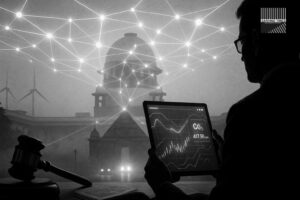
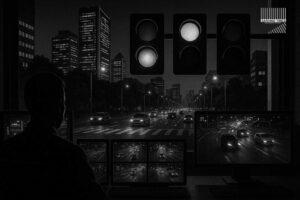

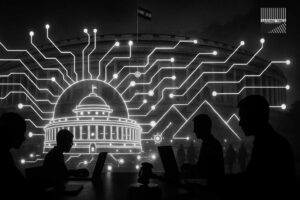


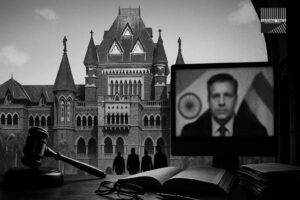





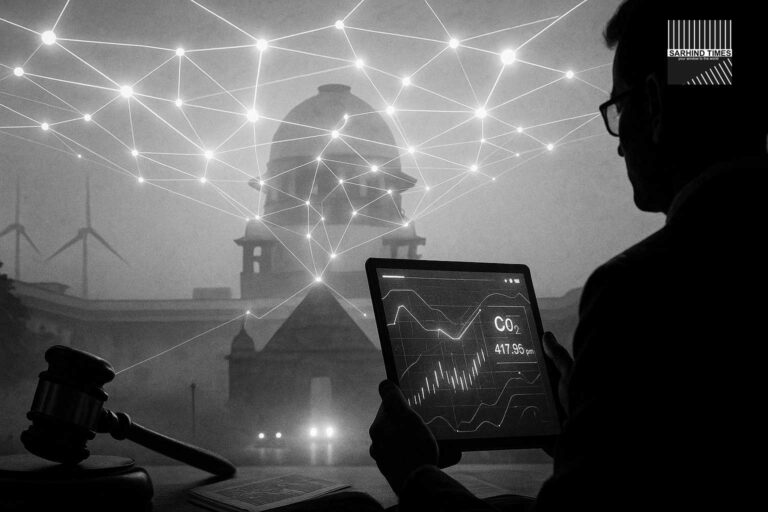
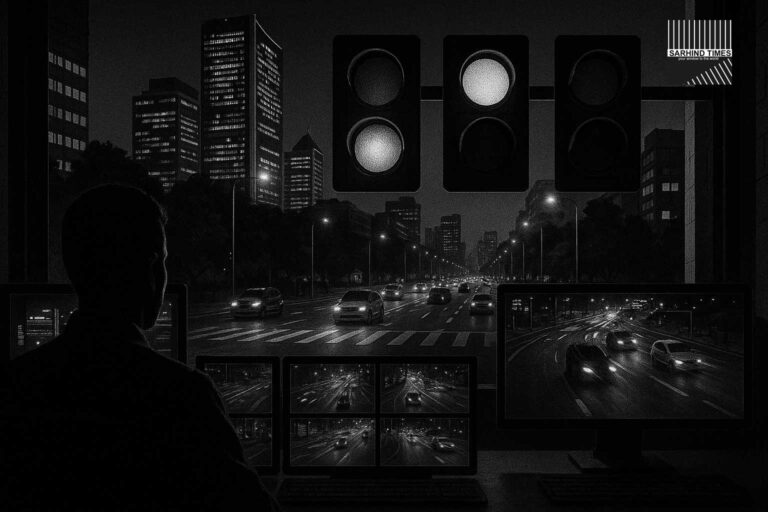
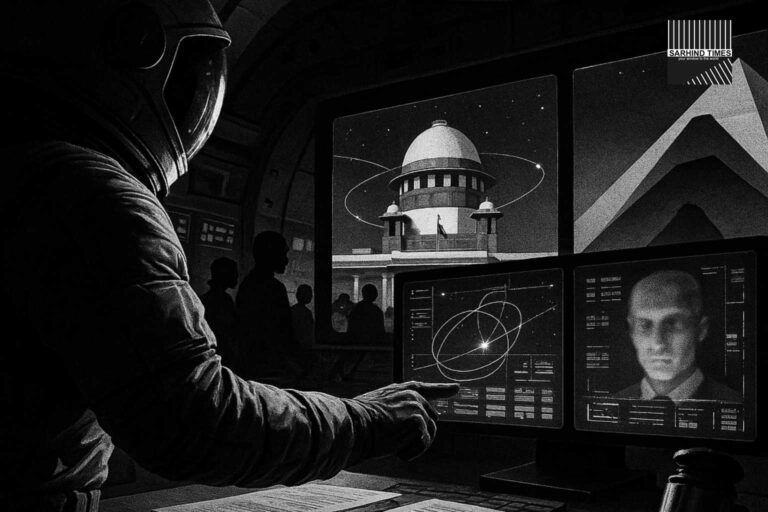


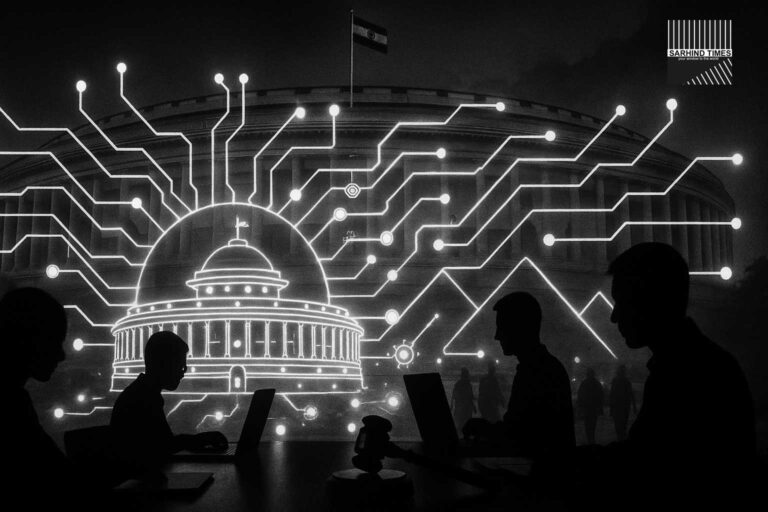
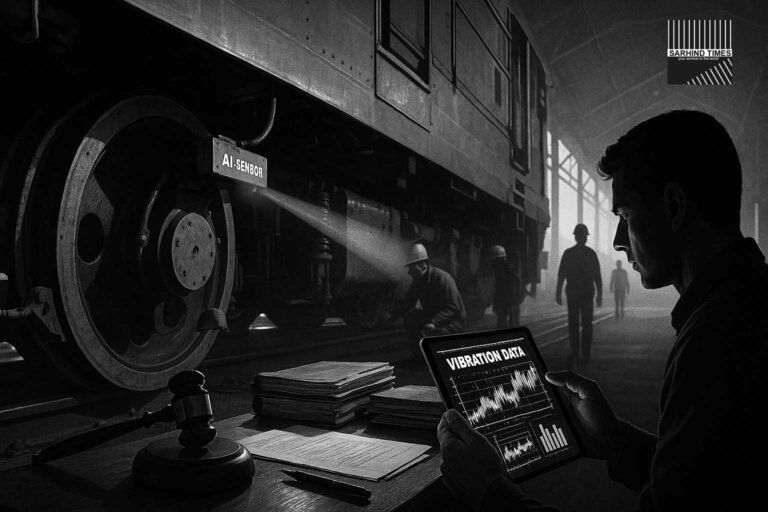
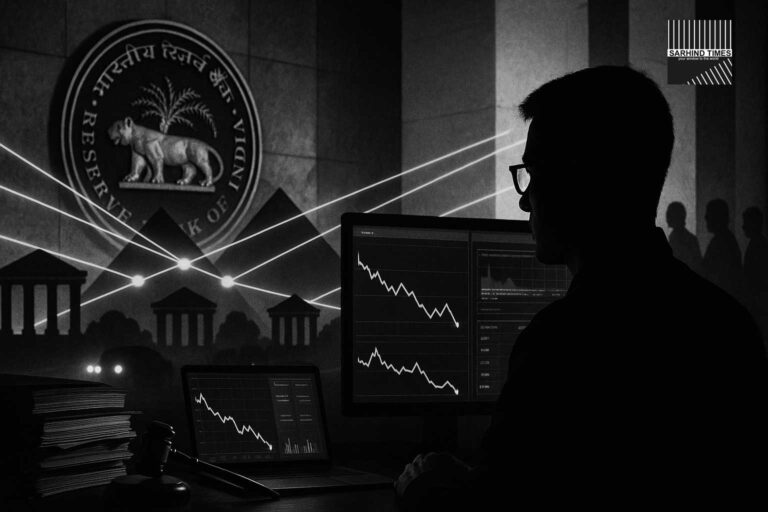
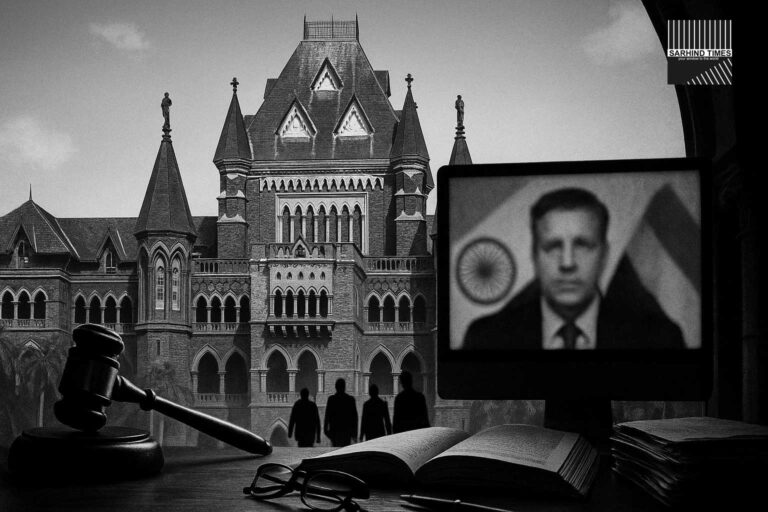
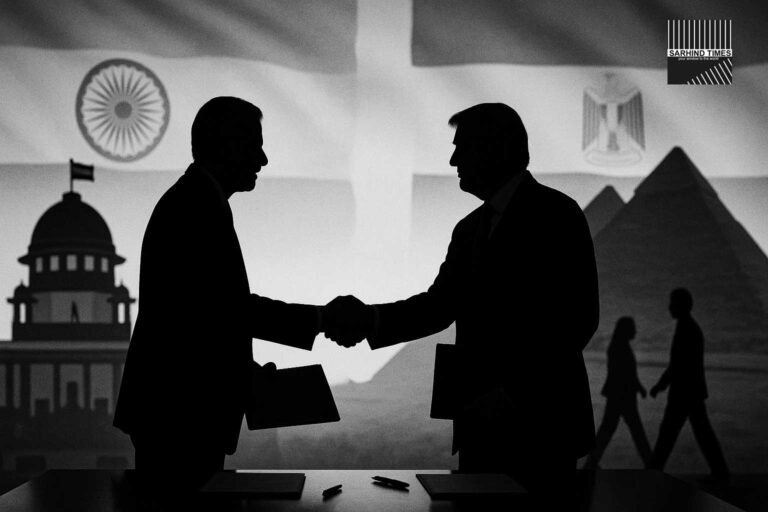
+ There are no comments
Add yours